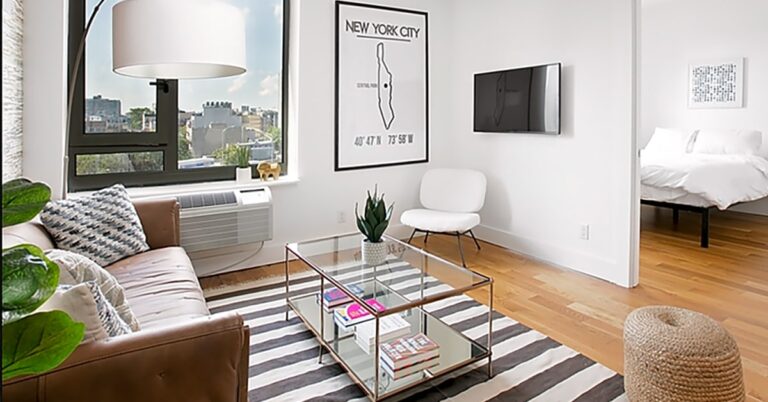Coliving is popular in big cities to provide affordable livelihoods for students, workers, digital nomads, or individuals. Coliving is a new rental trend. It is a type of shared apartment that is becoming increasingly popular in major US cities and the world.
Coliving is a community lifestyle where people with similar values occupy a private space in a shared space. Living together could hinder this trend because you can take up virtually any space and make it a co-living. In exchange for a premium, co-living rooms take away most of these annoyances and even take command of minor issues such as splitting bills, keeping common areas clean, and equipping the apartment with essentials, all of which are included in the monthly rent. The co-living company Quarters, with US locations in Chicago and New York, is aimed at technology and creative professionals in the millennial and Z generation.
On the other hand, if you’re an extrovert and thrive in a community and are driven by shared cultures, events, and living and working with a group of like-minded people, co-living is just the thing for you. In the next few years, the number of units offered by major co-living companies alone in the US will triple to around 10,000, according to a new report by real estate company Cushman Wakefield, which offers a detailed look at the state of coexistence. Similar to WeWork’s coworking model, which offers office space next to the room or even at the desk, co-living brings unrelated people together to share apartments, with some key distinctions. Unlike when you live alone in an unfamiliar city, in a co-living situation, there is a community that checks in to make sure you’re okay, that you have what you need and support you so you’re not on your own.
Together, co-living offers private spaces that feel like home, in one large living space with amazing facilities, as well as the best community to share them with. According to the study, large co-living companies such as Common, Ollie, Quarters, Startcity, X Social Communities, and WeLive, which are run by co-working firm WeWork, currently have just over 3,000 beds in the US, mostly in major cities. Co-living prices vary depending on amenities and privacy, but in general, co-living spaces tend to cost at or near market prices. In essence, Together Co-Living was designed to provide the perfect blend of community and independence, giving you all the benefits of community living while eliminating the problems of living with roommates.
That’s because co-living, a part of the sharing economy like Airbnb and Uber, has the potential to transform the rental housing market in NYC by putting some downward pressure on prices, at least according to an observer, by capturing part of the rental market. But just as living together makes it easier to secure an apartment, it also makes leaving a home much easier, which is very attractive for people who lead a more cosmopolitan, nomadic lifestyle for work or fun. Co-living is aimed at young tech workers, although some co-living companies go to great lengths to say their target markets are broader. But unlike industry cousins Airbnb and Uber, co-living isn’t facing the same level of organized or legislative pushback, at least not yet.
While living together will by no means replace traditional roommate agreements in the foreseeable future, it is becoming increasingly popular.

